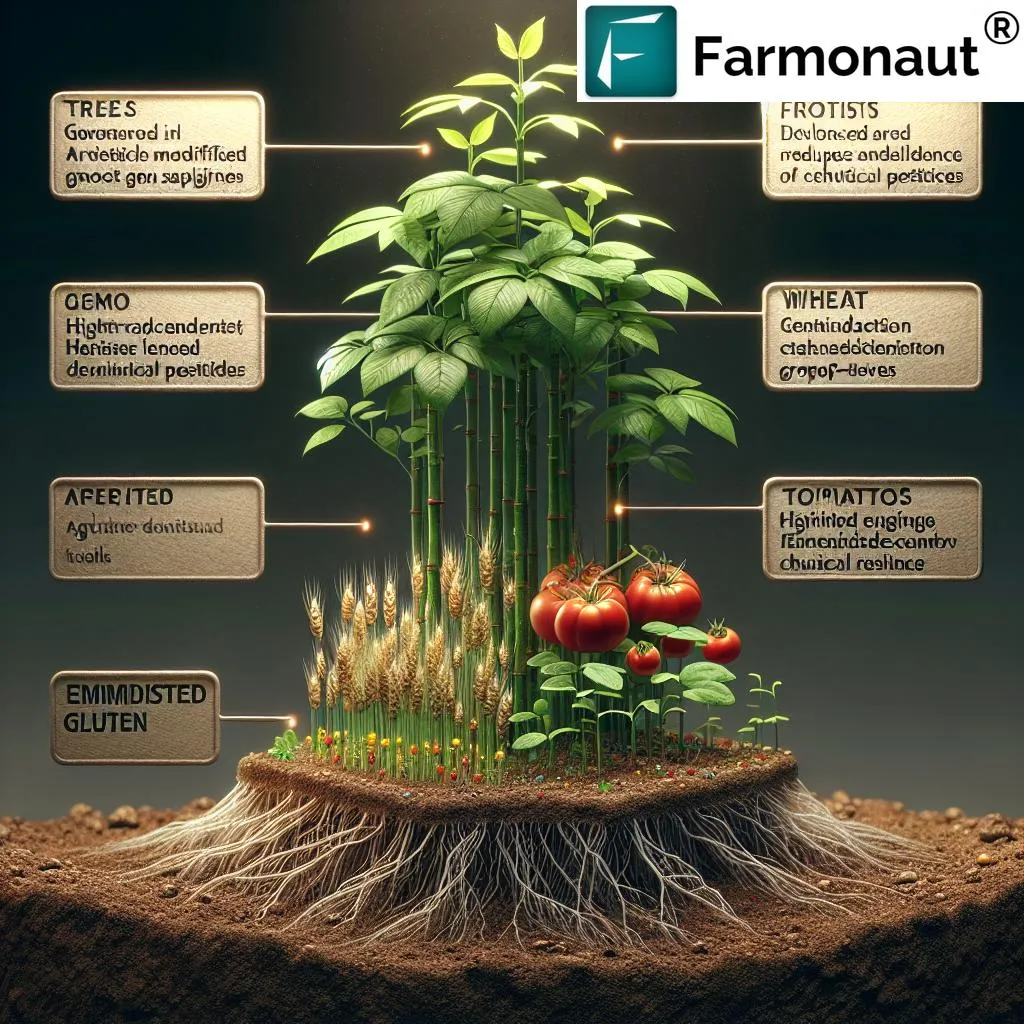In the heart of China’s agricultural innovation, a groundbreaking study led by Dr. Huaxiang Ji from the Institute of Crop Sciences at the Chinese Academy of Agricultural Sciences is reshaping the future of maize production. Published in the esteemed journal *Frontiers of Agricultural Science and Engineering* (translated as *前沿农业科学与工程*), this research offers a quantitative approach to boost maize yields while enhancing resource use efficiency, a critical advancement for global food security and the energy sector.
Dr. Ji and his team have identified key limiting factors that hinder maize production, including solar radiation, temperature, water, soil resources, and extreme weather events. They also pinpointed practical issues such as unsuitable cultivar selection, low planting density, and inappropriate fertilizer application. “By addressing these challenges, we can significantly improve maize production and related economic benefits,” Dr. Ji explained.
The study introduces a novel approach to optimize maize population structure based on quantitative design principles. This method ensures that crop planting density matches solar radiation levels, population structure aligns with appropriate cultivars, and the plow layer-root system-canopy functions are harmonized with grain yield. The goal is to maximize grain yield and resource use efficiency, ultimately reducing production costs and environmental burdens.
The implications of this research extend beyond the agricultural sector. Maize is a vital crop for bioenergy production, and increasing its yield per unit area can enhance the sustainability and economic viability of biofuels. “This research provides a scientific basis and technical support for realizing sustainable agricultural development in China and beyond,” Dr. Ji noted.
The study’s findings offer a roadmap for farmers, agronomists, and policymakers to adopt more efficient and sustainable practices. By optimizing maize production, we can address food security concerns, reduce environmental impact, and support the growing demand for bioenergy.
As the global population continues to grow, the need for innovative agricultural solutions becomes increasingly urgent. Dr. Ji’s research represents a significant step forward in this endeavor, offering a blueprint for sustainable maize production that can be adapted and implemented worldwide. The study’s publication in *Frontiers of Agricultural Science and Engineering* underscores its importance and potential impact on the future of agriculture and the energy sector.

